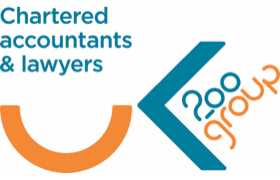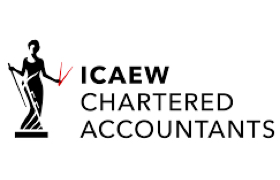Buy-to-let owners selling up
- 23rd April 2024
While the higher rate of capital gains tax (CGT) on residential property disposals has dropped by 4%, from 28% to 24%, from 6 April 2024, the vast majority of landlords who sell up are facing a higher CGT bill when compared to two years ago.
Buy-to-let landlords may be selling because of the implications of the Renters Reform Bill, while furnished holiday homeowners will see their advantageous tax benefits removed from April 2025.
Higher CGT bills
Landlords will generally be worse off despite the 4% rate cut, because it generally doesn’t compensate for the recent reduction of the annual exempt amount from £12,300 to £3,000.
- Basic rate taxpaying sellers: will be worse off as the lower rate for gains falling within the basic rate tax band is unchanged at 18%.
- Higher/additional rate taxpaying sellers: with a gain of less than £68,000, will be worse off; such as newer landlords who have benefited from less price growth and northern landlords where property values are generally lower.
Only higher and additional rate taxpayers with a gain in excess of £68,000 will find themselves better off.
Already sold up
Landlords who have already sold their property and face a CGT liability at the previous higher rate of 28% could consider a risky strategy of potentially benefiting from the 4% rate reduction – by deferring the gain through an enterprise investment scheme (EIS). The gain will come back into charge when the EIS investment is realised.
There are two main risks associated with this plan:
- EIS investment risk: some or all of the investment could be lost; and
- CGT rate change: the rate of CGT could go up again by the time the gain comes back into charge.
While not worth it solely for the rate reduction, this is a useful bonus if considering an EIS investment for the 30% income tax relief.
HMRC’s guide to tax when you sell property can be found on the government website.
Tax advice
Any news or resources within this section should not be relied upon with regards to figures or data referred to as legislative and policy changes may have occurred.



